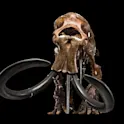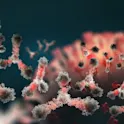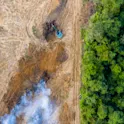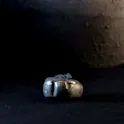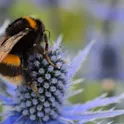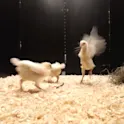
Featured news
11 Jun 2024
How older people explore new spaces could suggest cognitive decline and dementia
Aging people commonly show a decline in navigation ability, and this has generally been attributed to worsening spatial memory. But now, researchers from the US have shown for the first time that this decline is partly driven by changes in typical exploration behavior by middle age. In a maze learning task, middle-aged people were less efficient explorers than young people. This discovery could have applications in the clinical diagnosis and therapy of cognitive decline and dementia.



